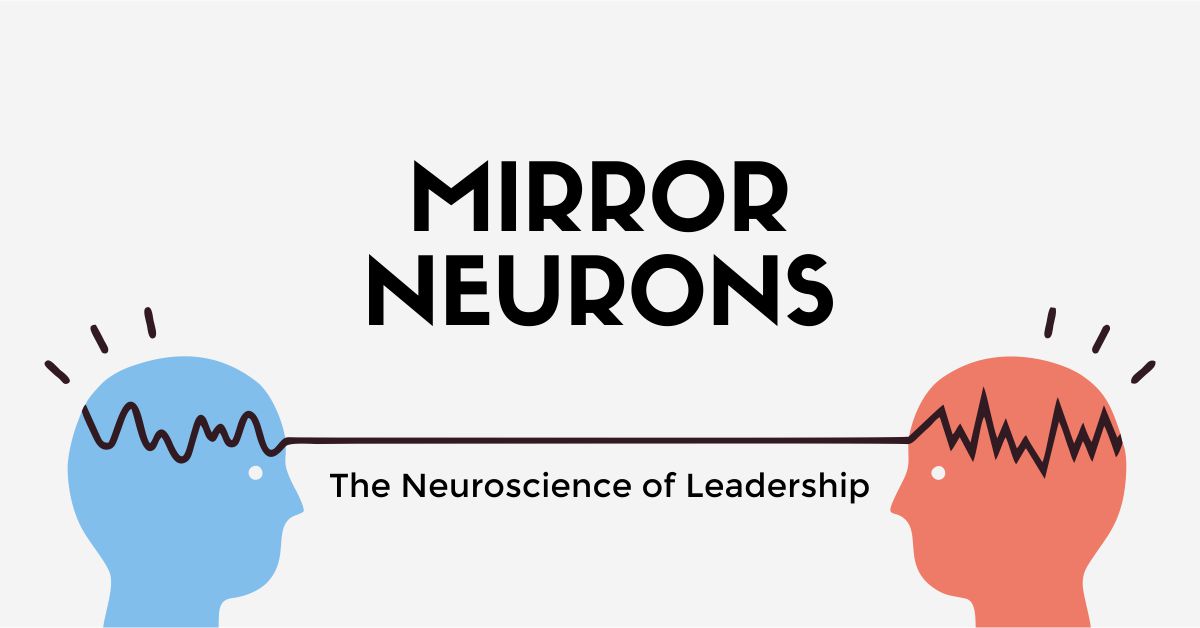
Barrack Obama (L) David Cameron (R)
This is not an ordinary image; not because it includes Barack Obama and David Cameron, two credible leaders, but because of how Cameron’s facial expressions and body language reflect that of Obama. The seriousness on Obama’s face is perfectly reflected in Cameron’s facial expressions. You see how Obama and Cameron both look almost identical. It seems they are experiencing the same emotions while communicating.
Cameron is mirroring Obama because their brain circuitry is making them experience a shared reality. Possibly, mirror neurons are at work here while Obama speaks with Cameron. Mirror neurons, an interesting discovery of behavioral neuroscience, instantly create a shared experience by mimicking the emotions of the other person whenever a person detects an emotion. It’s often said that a smile is contagious, mirror neurons explain the rationale behind one person’s smile spreading smiles all over. An effective leader is successfully able to establish rapport with his/her followers. Daniel Goleman refers to this rapport as ‘resonance’, something which emerges unconsciously owing to mirror neurons. In the image, mirror neurons are contributing to the identical expressions and body language of Barack Obama and David Cameron. Mirroring of emotions leads the follower and leaders to develop rapport which contributes to the effectiveness of a leader.
The concept of mirror neurons emerged from Neuroleadership, a field involving the application of findings from neuroscience to the field of leadership. Neuroleadership focuses on providing empirical behavioral insights and explanations. Making use of brain imaging, this field lets us ‘see’ leaders’ emotions by mapping their brain activity in contrast to observing the behavioral manifestations of emotions or self-reports which might not be accurate predictors.
One of the extensions of neuroleadership is social neuroscience. Social neuroscience – the study of brain activity while people interact – emphasizes the need for a leader to be socially intelligent in addition to achieving an optimal level of self-mastery. Social intelligence is a set of interpersonal competencies built on specific neural circuits (and related endocrine systems) that inspire others to be effective. Self-mastery which is inclusive of self-awareness and self-control was majorly rooted in individual psychology while social intelligence is a relationship-oriented concept to leadership assessment. Mirror Neurons underlie the neural circuitry involved in social intelligence. Exploring the biological underpinning behind social skills is a relatively new approach. It has been found that social intelligence is a more powerful predictor of performance compared to self-mastery.
Considering the important role that mirror neurons play in leadership, one might wonder if there is a method to strengthen mirror neurons. Presently, there is no established method to strengthen mirror neurons due to lack of clarity on precise firing patterns. A genuine interest in changing one’s behavior accompanied with appropriate diagnosis and training is a known way to advance one’s social intelligence. However, conscious attempts to display social intelligence might be detrimental. Spending time with a person exhibiting the effective behavior would stimulate one’s mirror neurons and is yet another approach to inculcate social intelligence.
Findings from neuroleadership imply leadership development must include intangible traits like empathy, adaptability, conflict management style etc. An effective leader must be able to read the prevalent social norms of his/her follower group, pay attention to his/her followers’ emotional needs and communicate an idea with conviction.
References
- Goleman, D., & Boyatzis, R. (2008). Social intelligence and the biology of leadership. Harvard Business Review, 86(9), 74-81
- Ringleb, A.H., Rock D., & Ancona, C. (2015). Neuroleadership in 2014. Neuroleadership Journal, 5, 1-27







